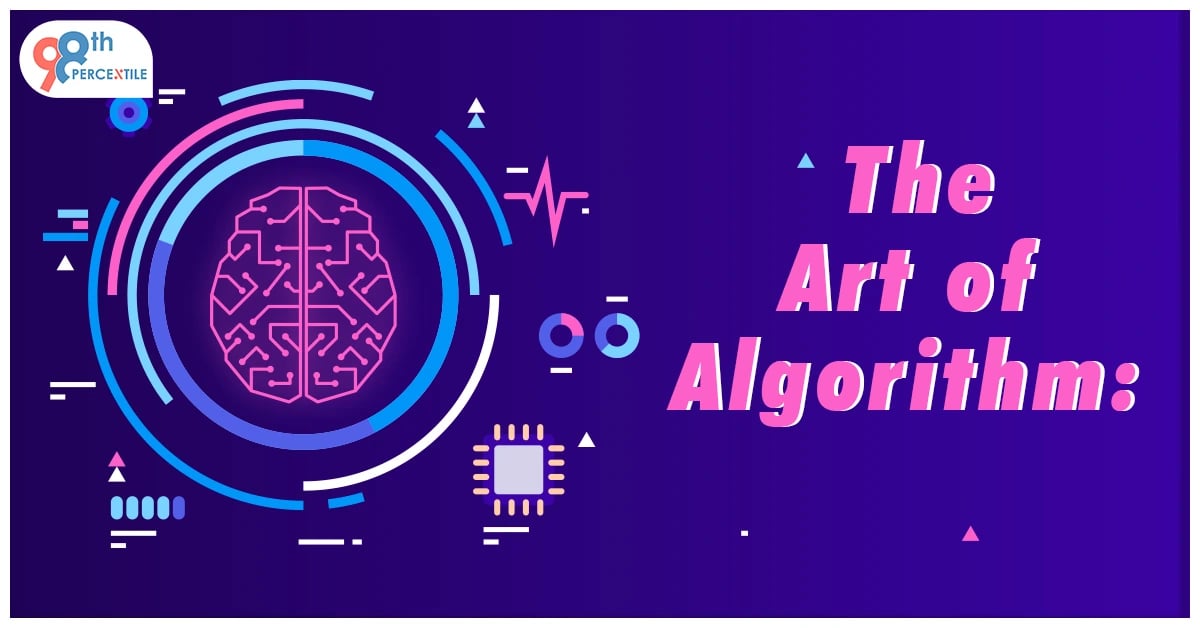Writing a good algorithm requires a thoughtful and systematic approach to problem-solving. To ensure originality and avoid plagiarism, it is crucial to understand the problem thoroughly before attempting to devise a solution. Begin by breaking down the problem into smaller, manageable components, and then identify the most efficient and logical way to address each component. 
Start with a clear and concise problem statement, defining the input, output, and any constraints. Next, choose appropriate data structures and algorithms based on the nature of the problem. Strive for simplicity and efficiency, opting for well-established algorithms when applicable. Provide clear and detailed explanations for the steps in your algorithm, making it easy for others to understand and implement.
Begin Your Child's Coding Adventure Now!
During the algorithm design process, it is essential to constantly test and validate your solution against various inputs to ensure its correctness and efficiency. If you draw inspiration from existing algorithms or code snippets, be sure to understand them thoroughly and express the concepts in your own words.
Document your thought process and decisions throughout the algorithm development, emphasizing your unique approach to solving the problem. By maintaining transparency and originality, you not only create a strong algorithm but also contribute to the collective knowledge in a responsible and ethical manner.
How beautiful is the JavaScript language:
JavaScript, often hailed as the language of the web, possesses a unique beauty that stems from its versatility, dynamic nature, and widespread adoption. Its beauty lies in its ability to empower developers to create interactive and engaging web applications seamlessly. One of the key attractions is its simplicity and ease of learning, making it an accessible language for beginners while offering depth and complexity for more advanced developers.
JavaScript's asynchronous and event-driven nature allows for non-blocking operations, enabling the creation of responsive and performant applications. This characteristic is particularly advantageous when handling user interactions and managing multiple tasks concurrently. The language's adaptability extends to both front-end and back-end development, with the advent of technologies like Node.js, allowing developers to use a single language across the entire stack.
The vibrant ecosystem of libraries and frameworks, such as React, Angular, and Vue.js, further enhances the language's beauty by providing tools that streamline development and facilitate the creation of elegant and modular code. These frameworks enable developers to build scalable and maintainable applications with a focus on user experience.
JavaScript's support for functional programming paradigms and its recent additions, like arrow functions and the spread operator, contribute to the elegance of the language. This allows developers to write more expressive and concise code, enhancing readability and maintainability.
Moreover, the continuous evolution of JavaScript through ECMAScript updates ensures that developers have access to modern features and improvements. This commitment to staying relevant and up-to-date reflects the language's dedication to meeting the evolving needs of the development community.
In essence, JavaScript's beauty lies in its adaptability, simplicity, and the flourishing ecosystem that surrounds it. As the backbone of the modern web, its aesthetics go beyond syntax and semantics, encompassing a dynamic and ever-expanding landscape that continues to captivate and inspire developers worldwide.
How well you can use JavaScript?
Creating beautiful designs through coding is a harmonious fusion of creativity and technical prowess, and JavaScript plays a pivotal role in this symphony. Its ability to manipulate the Document Object Model (DOM) dynamically allows developers to breathe life into static designs, resulting in visually stunning and interactive web applications.
JavaScript empowers developers to enhance user experiences by responding to user actions and events in real time. This interactivity is crucial for modern web design, and JavaScript provides the means to implement features like dynamic content updates, smooth animations, and responsive interfaces. The language's versatility allows designers to craft interfaces that not only captivate users visually but also engage them through seamless and intuitive interactions.
Frameworks and libraries built on top of JavaScript, such as React, Angular, and Vue.js, have further elevated the art of designing with code. These tools provide structured architectures and reusable components, enabling developers to create consistent and aesthetically pleasing designs across an entire application. React, for example, allows for the creation of reusable UI components, fostering a modular design approach that enhances code organization and maintainability.
JavaScript's asynchronous nature facilitates the implementation of features like lazy loading and real-time updates, contributing to a more dynamic and engaging design. This is particularly evident in single-page applications (SPAs), where JavaScript enables smooth transitions between different views without the need for page reloads, creating a more fluid and enjoyable user experience.
When it comes to styling, JavaScript works in tandem with Cascading Style Sheets (CSS) to bring designs to life. Libraries like Styled Components in React enable the creation of styled elements directly within JavaScript, promoting a component-based styling approach that aligns with the modular nature of modern web development. This approach not only enhances code maintainability but also allows for the easy customization of styles based on dynamic data and user interactions.
JavaScript's support for modern browser features, coupled with its constant evolution through ECMAScript updates, ensures that developers can leverage the latest advancements in web technologies to enhance design aesthetics. This commitment to staying current with industry trends empowers developers to create visually appealing designs that align with contemporary design principles and user expectations.
In the realm of responsive design, JavaScript plays a crucial role in adapting interfaces to various screen sizes and devices. Media queries, combined with JavaScript, allow developers to create adaptive layouts and optimize content presentation, ensuring a seamless experience across desktops, tablets, and smartphones.
coding beautiful designs using JavaScript is an art form that involves marrying creativity with technical precision. JavaScript's dynamic capabilities, coupled with the support of frameworks and libraries, enable designers and developers to craft visually stunning and interactive web experiences.
Book FREE Coding Trial Classes Now!

 Students/Staff
Students/Staff Parents
Parents ElevatEd
ElevatEd













